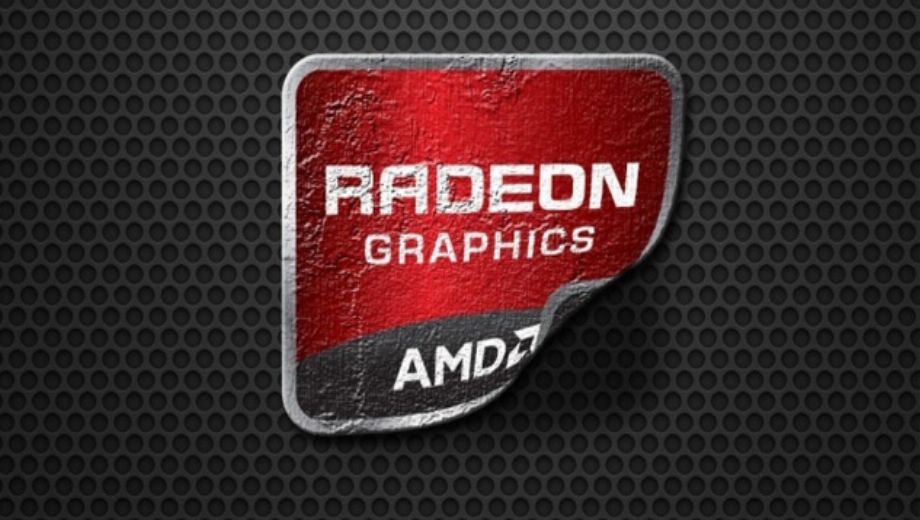Are the days of AMD competitiveness behind us?

AMD is one of the longest running PC hardware companies in the game. It’s dominated industries, been a massive player in the development of graphics chips (ATI) and produced its fair share of high-end, competitive processors in the past.
It’s also been a force to be reckoned with in the portable market, releasing strong netbook and notebook hardware, but in the last few years and specifically the last few months, things have not gone well for AMD. Its last big line of desktop chips was woefully under powered compared to Intel’s, it’s latest graphics chips haven’t stolen the show and continue to be hotter and noisier than Nvidia’s hardware.
There are loyal stalwarts of course who will continue to buy up its latest and greatest and it doesn’t produce bad hardware by any measure – just hardware that isn’t as good as the much wealthier and much more entrenched competition.
And this has put it in a precarious position. In the past six months alone, , leaving it wth just 18 percent, while Nvidia owns more than 80 percent. AMD’s desktop CPU share is much the same, with Intel’s numbers just as all encompassing.
It wasn’t always this way though. Back in the days before Intel took the gaming world by storm with its Conroe CPUs, AMD was holding court with its Athlon 64 chips. The San Diegos, Newcastles and Athlon X2s were AMD’s crowning achievement after years of playing second fiddle and it briefly stole the performance crown; it was glorious. It pushed Intel to come back hard after the failings of the Pentium 4 and suddenly we were in new territory again.
AMD’s GPU division, which was previously the ATI brand, had a similar peak against Nvidia around the same time and though it’s remained somewhat competitive in the years since – more so than AMD’s APUs – it’s always been considered the underdog, with worse drivers, hotter cards, and more of a focus on affordability over raw performance.
Today though, things are not good. AMD is being dominated by Intel and Nvidia in the desktop market; its traditionally strong foothold in mobile and notebook computing is being eroded by competition from other chip makers like Qualcomm and Samsung and now Intel is making a push for mobile and wearable computing. The space for AMD to carve out a niche is ever shrinking.
It was hoped that the recent new Fiji XT line of Fury graphics cards could help out a little, with its new high bandwidth memory (HBM) but the limitations in size there seem to have held it back. Even then, those cards are still pulling far more power than Nvidia’s hardware, so run hotter and the 300 series is just a rebrand of a rebrand with more memory. They’re fine, but they’re not exciting.
What AMD needs is a big push in one direction or another. It needs to decide to leave the desktop processor game, or put more money into GPU development, where it does at least make some money. Perhaps it needs a big investor or bigger company to take over to refocus its efforts and inject it with the cash it needs for better R&D, maybe even get back into manufacturing its own hardware again.
I wonder though, if virtual reality might be able to save it, at least in the desktop market.
AMD has made a big push to get in on the ground floor with VR. It’s partnered with Dell and Oculus to make sure there are AMD graphics cards in PCs branded as “Oculus Ready,” and its LiquidVR platform is seeing increased usage by developers. If indeed AMD gets a reputation for having better hardware and software for VR – even if through exclusivity deals – it could well be that early adopters of Oculus and other VR headsets opt for its desktop hardware, which would give a nice boost to the company finances.
It won’t help long term though. For that, we need a truly revolutionary architecture to come out of the AMD labs. That’s what next year’s Zen CPUs may be all about. There’s talk of a single socket that will take both X86 and ARM based CPUs, the fastest of which we’re told will be 40 percent quicker than the last generation of chips.
Although even that would make the new line unlikely to be able to compete with Intel’s i7 series in terms of single core performance, that is becoming less and less relevant as more programs and applications take on the extra horse power of multiple cores. If AMD’s new CPUs are powerful enough to go head to head with i5s, Intel may have a fight on its hands.
And that’s what we want. Whether AMD can or cannot come back from the brink it feels like it’s on, we need it to. Without it pushing both Nvidia and Intel to strive for better, we have a stagnating industry. There’s a reason Skylake doesn’t do much but make thigns more efficient – because Intel doesn’t have to. If we want the best possible hardware out of the best possible companies, we need AMD there stirring things up.
So here’s hoping Zen and VR can do it, because if not, 2016 looks like the year we may start to say goodbye to the AMD we know and in many ways love – if only for the competition it offers the other guys.
































